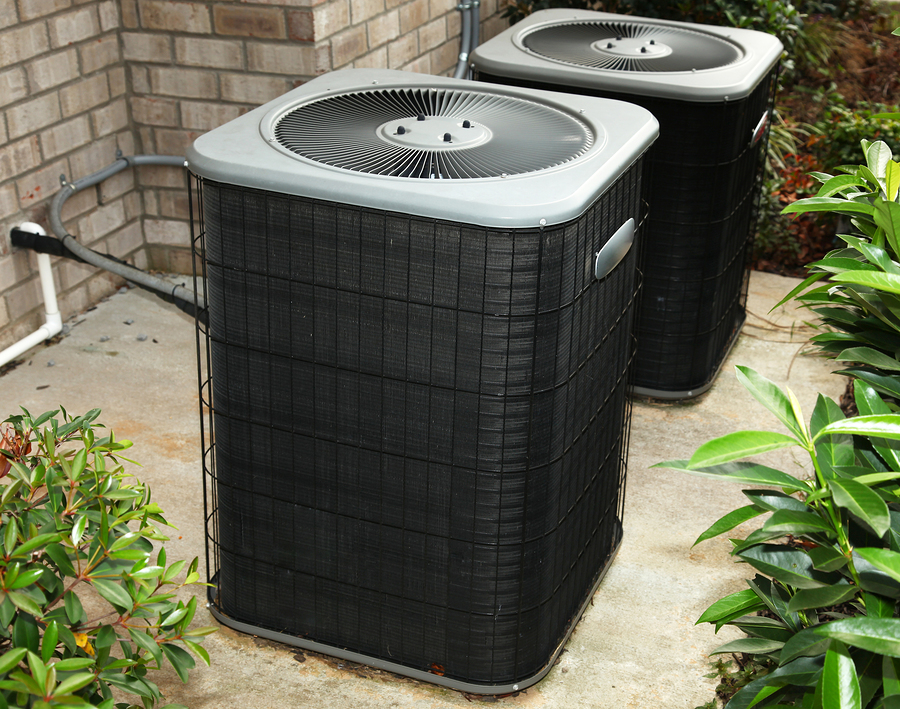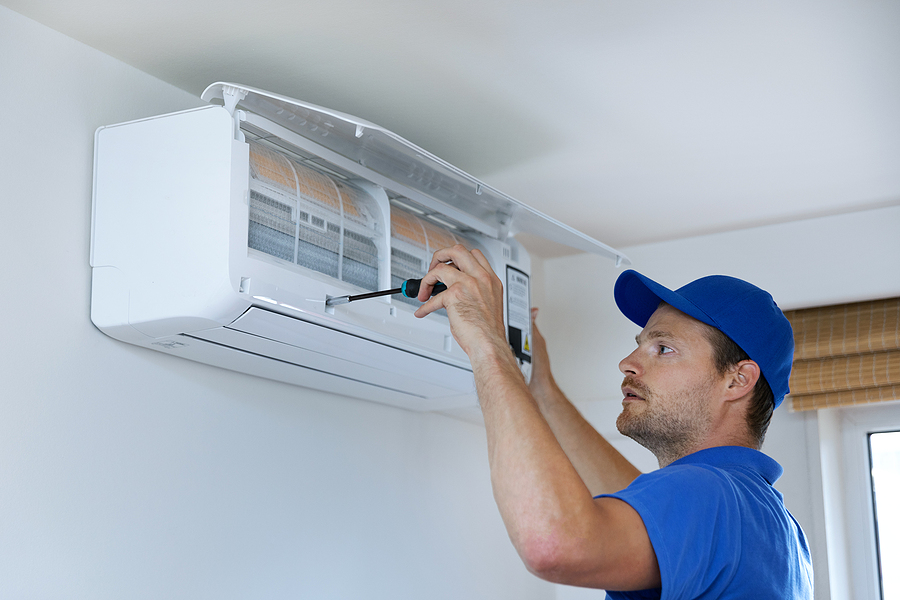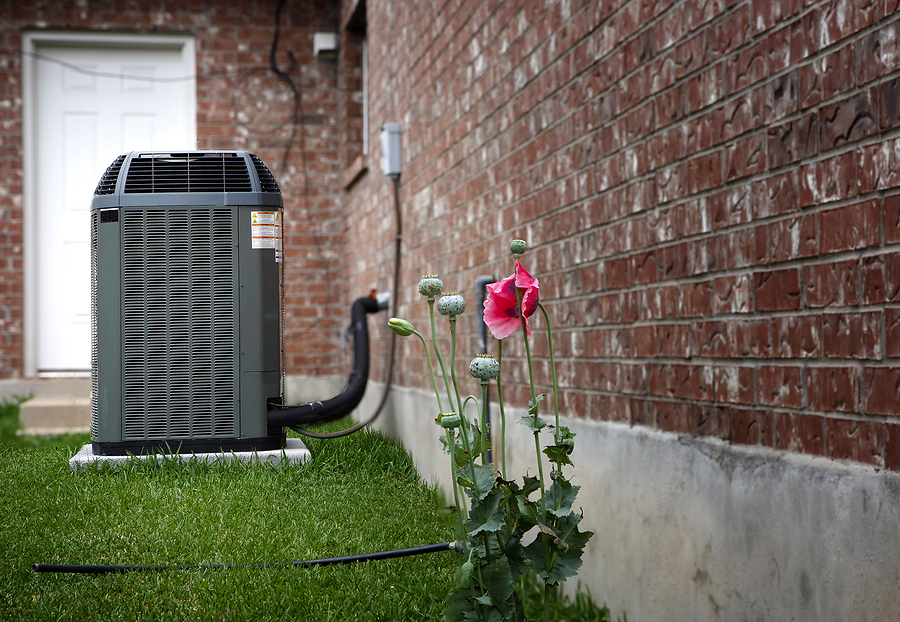Central air conditioning is a great upgrade for any older home that can provide you with a great bang for your buck. Regardless of whether you pay a professional to have your new air conditioner unit installed or you decide to install it yourself, you’ll need to know the process. We’re going to go over everything from installation tips to selecting the right unit to meet the needs of your home.
Let’s Talk Cost
You need to go into this investment, realizing that it’s going to be a little on the expensive side. There are two main components of installation that are going to be the biggest spenders. These are the actual central air handler unit and the ductwork running throughout the home.
If your home already has forced-air heating, you can utilize the same ductwork system to deliver cooled air to your home. On average, it will cost about $4,000 to add a central air conditioning unit to a 2,000 square foot home. If your home doesn’t have any existing ductwork, the price of installation will double. In some cases, you can decrease the amount of labor necessary by hiding ductwork behind closet walls that are easy to remove. However, installing ductwork behind existing walls can get expensive.
Selecting The Best Unit For Your Home
Before the installation of your air conditioner can happen, you need to determine which one you would like. This starts with determining how much cooling power you need in relation to your home’s heat gain. This is strongly influenced by factors like the insulation in your attic, the number of windows, the placement of your doors, the design of your home, and where you live.
The Air Conditioning Contractors Of America Manual expresses a J Load Calculation. This is what is utilized to determine how many BTUs your unit will need to be capable of producing per hour. The calculation will give you a number in tonnage that will need to be converted to BTUs per hour. The conversion ratio is 12,000 BTUs per hour.
You may think that as long as you pick a unit that produces a lot of BTUs per hour, you’ll have a cool home. This isn’t always the case. Picking an oversized unit can result in higher energy costs and higher humidity levels throughout your home. This is because the unit will shut off before it’s able to circulate the air throughout the coils to get rid of moisture. This will leave your rooms feeling clammy. An undersized unit will cause your home to remain hot as it won’t keep up with your cooling needs. If you are in Vegas, you may check Eli’s Air Conditioning in Vegas.
Understanding SEER Ratings
When picking out an air cooling unit, you want to choose one that is very energy efficient. This will ensure that you’re paying a minimal amount of money possible per operating hour. One great way to determine the efficiency of a potential unit is to evaluate the SEER rating number.
SEER stands for season energy-efficiency rating. It gauges how many BTUs a unit will produce for each watt of energy it consumes. Therefore, the higher the SEER rating, the less energy the unit will utilize to operate. It’s important to note that federal laws require that any air conditioner unit have a minimum SEER of at least 13.
Package Vs. Split System Units
Next up, you’ll need to determine the style of unit that you’ll be having installed. There are two main types of units, which are package systems and split systems. In a packaged system, you’ll have a condenser and a fan-and-coil component to your system. The ductwork is connected right to the air cooling unit.
When it comes to split systems, you’ll find that the condenser gets installed outside of your home. The fan-and-coil component is installed on the inside of your home. These two main units are connected via a refrigerant pipe. Split systems tend to be the most popular.
Know Your Electrical Needs
Your home’s electrical capacity is a necessity that you must consider when installing a new a/c unit. When dealing with older homes, you may find that your old circuit breaker panel will need to have a higher amperage before it can run your new system. Before purchasing a unit, you may need to discuss the electrical amperage requirements with a licensed electrician to ensure that your home can be modified to handle the draw on your electrical system.
You’ll also want to consider replacing your existing thermostat. Thermostat technology has changed significantly over the last decade. You may even find that your new a/c system is not compatible with your existing thermostat. Programmable thermostats are the most popular on the market today. They offer the ability to program set temperatures for certain times and days of the week. You can even get a smart programmable thermostat that allows you to control your cooling needs from anywhere you have internet connectivity.
Picking A Condenser Unit Location
While condensers are manufactured with low decibels in mind, they still make a good bit of noise. You must consider where you’re going to be placing your condenser unit. You should avoid placing the unit near bedrooms, home-office windows, and outside kitchens doors. When picking a location for your condenser unit, you need to be sure not to enclose the unit, as it will completely restrict its efficiency. Most homeowners opt for hiding the condenser in their landscape in a way that offers free air circulation around it.
Ductwork Inspections Are A Must
It doesn’t do you a lot of good to have a new air cooling unit installed when your ductwork lets all the cooled air leak out. You should start your installation by having your ductwork inspected. This will ensure that you can patch any leaks in the system so you can ensure your cooling unit is efficient as possible.
Image Source: BigStock.com (Licensed)
Site Disclaimer
The Content in this post and on this site is for informational and entertainment purposes only. You should not construe any such information or other material as legal, tax, investment, financial, or other advice. Nothing contained on our Site constitutes a solicitation, recommendation, endorsement, or offer by HII or any third party service provider to buy or sell any securities or other financial instruments.
Nothing in this post or on this site constitutes professional and/or financial advice. You alone assume the sole responsibility of evaluating the merits and risks associated with the use of any information or other content in this post or on this site.
You recognize that when making investments, an investor may get back less than the amount invested. Information on past performance, where given, is not necessarily a guide to future performance.
Related Categories: Home, Reviews








